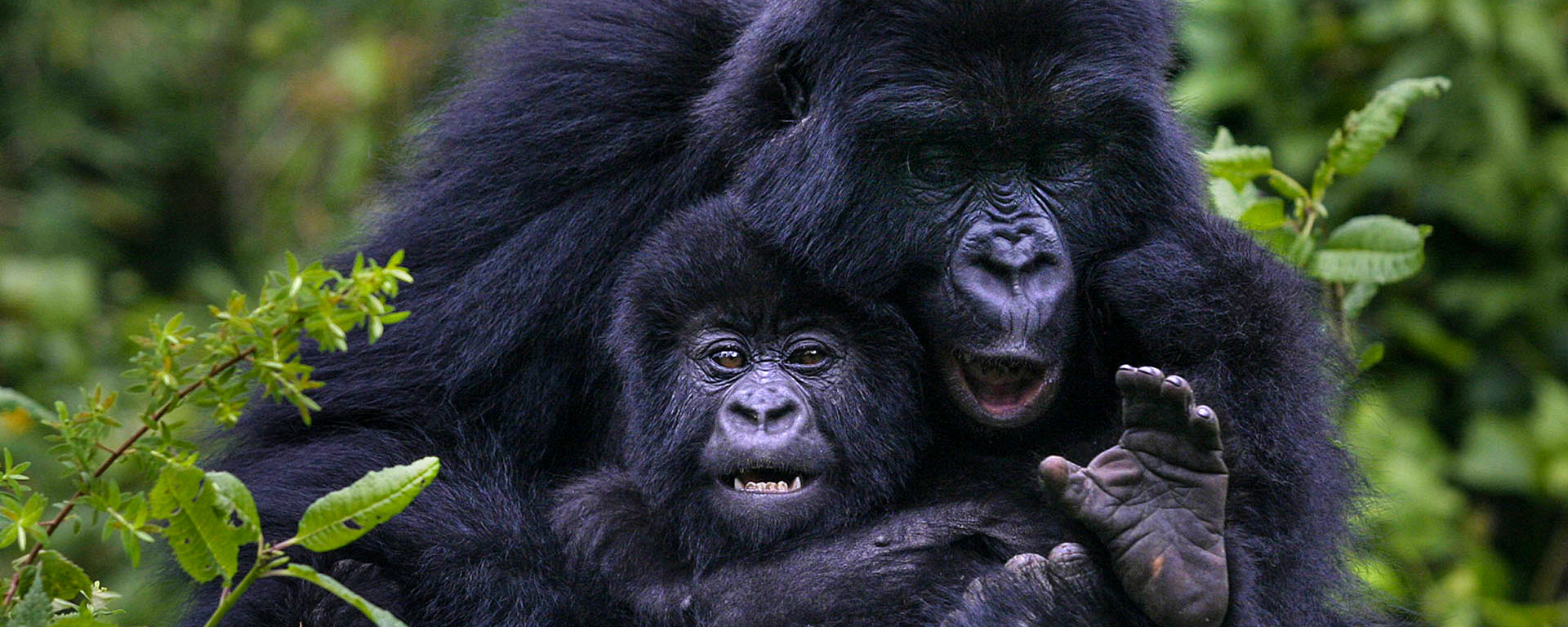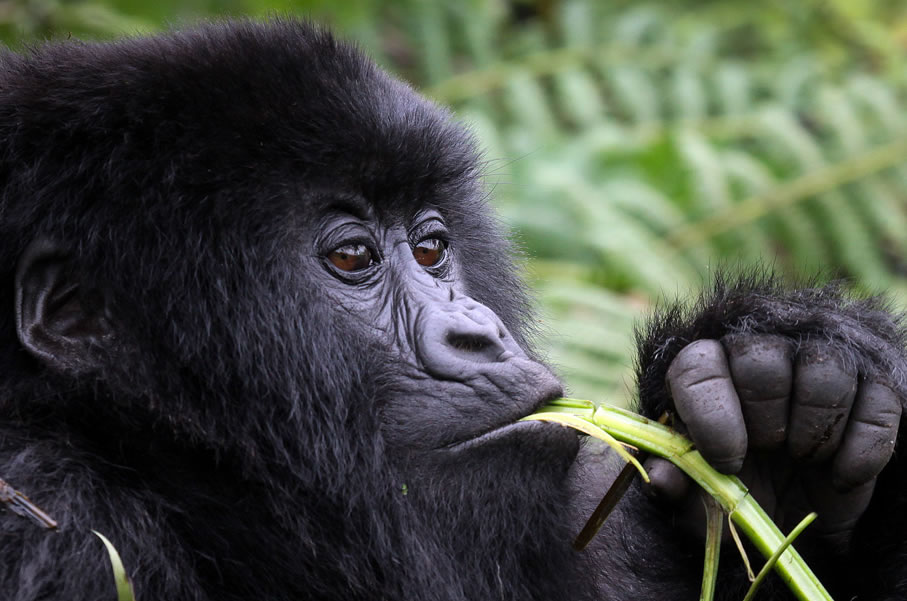
Tips for planning a successful Gorilla Trekking Adventure in Uganda
Tips for planning a successful Gorilla Trekking Adventure in Uganda. Embarking on a gorilla trekking expedition in Uganda is a once-in-a-lifetime experience that promises awe-inspiring encounters with these majestic creatures. Planning such an adventure requires careful consideration and meticulous preparation to ensure a seamless and unforgettable journey. In this comprehensive guide, we delve into the essential tips for planning the perfect gorilla trekking experience in Uganda.

Understanding Gorilla Trekking in Uganda
Gorilla trekking is a unique and intimate wildlife experience that takes place in Uganda’s Bwindi Impenetrable National Park and Mgahinga Gorilla National Park. These protected areas are home to the endangered mountain gorillas, making Uganda one of the best places in the world to witness these incredible creatures in their natural habitat.
Choosing the Right Time for Gorilla Trekking
The timing of your gorilla trekking expedition is crucial for a rewarding experience. Uganda’s dry seasons, from June to September and December to February, are considered optimal for trekking. During these periods, the trails are less muddy, and the gorillas are often found at lower altitudes. However, it’s important to note that gorilla trekking is possible year-round, and each season offers a unique perspective of the park’s beauty.
Securing Gorilla Trekking Permits
Gorilla trekking permits are a limited and highly sought-after commodity, so securing them well in advance is essential. Permits are typically obtained through the Uganda Wildlife Authority (UWA) or authorized tour operators. The cost of permits may vary, and it’s advisable to book as early as possible to guarantee availability. A gorilla trekking permit per person costs USD 800 effective July 2024. Gorilla habituation permits cost USD 1500 per person.
Choosing the Right Tour Operator
Selecting a reputable and experienced tour operator is paramount to the success of your gorilla trekking adventure. Look for operators with a proven track record, knowledgeable guides, and a commitment to responsible tourism. Reading reviews, seeking recommendations, and thoroughly researching operators will ensure a smooth and enjoyable experience.
Fitness and Health Considerations
Gorilla trekking involves traversing uneven terrain and navigating dense forests, making a reasonable level of fitness essential. It’s advisable to engage in regular physical activity and consult with a healthcare professional before embarking on the trek. Obtaining travel insurance that covers medical emergencies and evacuation is also recommended.
What to Pack for Gorilla Trekking
Packing appropriately for gorilla trekking is crucial for comfort and safety. Essential items include sturdy hiking boots, long trousers, a long-sleeved shirt, a rain jacket, a hat, and sunscreen. Carrying a small backpack with water, snacks, a camera, and personal items is recommended. Additionally, pack insect repellent and follow the park’s guidelines to minimize the risk of disease transmission.
Understanding Gorilla Trekking Regulations
Gorilla trekking is governed by strict regulations to protect both the gorillas and visitors. It’s essential to adhere to guidelines provided by park authorities and guides. Maintaining a minimum distance from the gorillas, limiting the duration of the visit, and refraining from direct eye contact are some of the regulations designed to ensure the safety and well-being of both parties.
Respecting the Gorillas and their Habitat
Responsible tourism is at the core of any successful gorilla trekking experience. Visitors must minimize their impact on the gorillas and their habitat by following designated trails, refraining from touching the gorillas and keeping noise to a minimum. Engaging in responsible tourism practices contributes to the conservation efforts that safeguard these endangered species.
Accommodations near Gorilla Trekking Sites
Choosing accommodations in proximity to the gorilla trekking sites enhances the overall experience. Lodges and camps situated near Bwindi Impenetrable National Park or Mgahinga Gorilla National Park provide a convenient base for trekkers. These establishments often offer comfortable accommodations, stunning views, and opportunities to connect with fellow travelers.
Cultural Experiences and Community Involvement
Exploring the local culture adds an enriching dimension to your gorilla trekking adventure. Many tour operators offer community-based experiences, allowing visitors to interact with local communities, learn about traditional customs, and contribute to conservation initiatives. Supporting local communities through responsible tourism fosters a harmonious relationship between visitors and the environment.
Conclusion: A Transformative Journey
In conclusion, planning the perfect gorilla trekking experience in Uganda is a multifaceted endeavor that involves careful planning, respect for the environment, and a commitment to responsible tourism. From securing permits and choosing the right tour operator to understanding regulations and embracing cultural experiences, each element contributes to the overall success of this transformative journey. As you embark on this extraordinary adventure, may the captivating landscapes and the awe-inspiring encounters with mountain gorillas leave an indelible mark on your heart, making your gorilla trekking experience in Uganda truly unforgettable.






